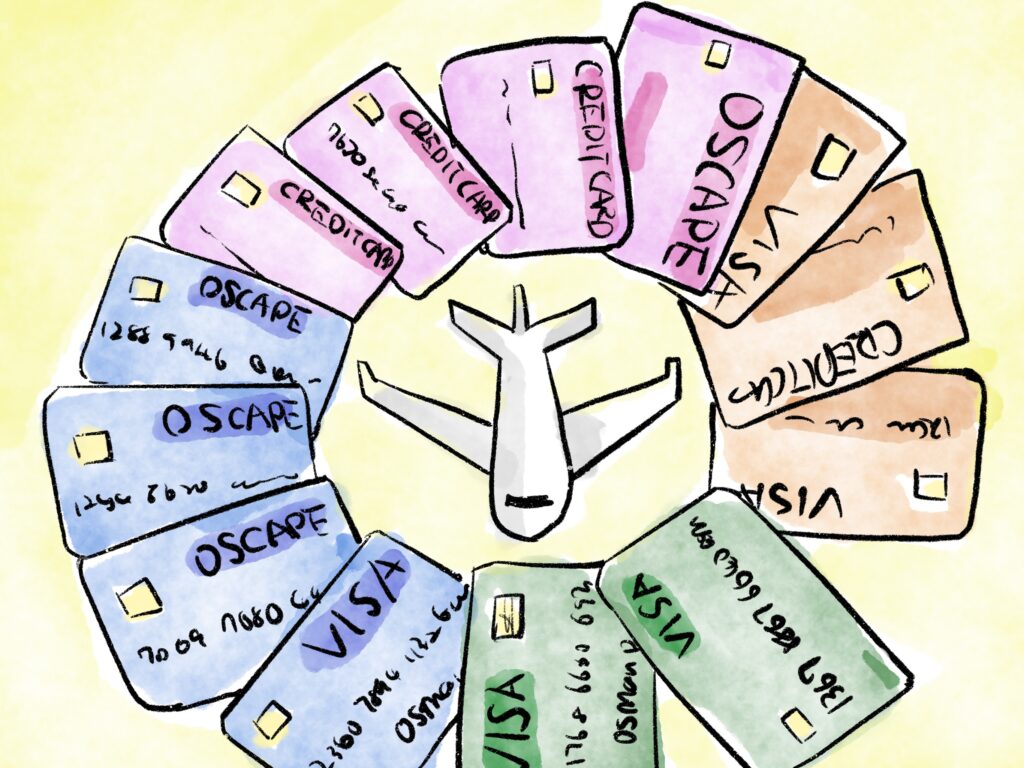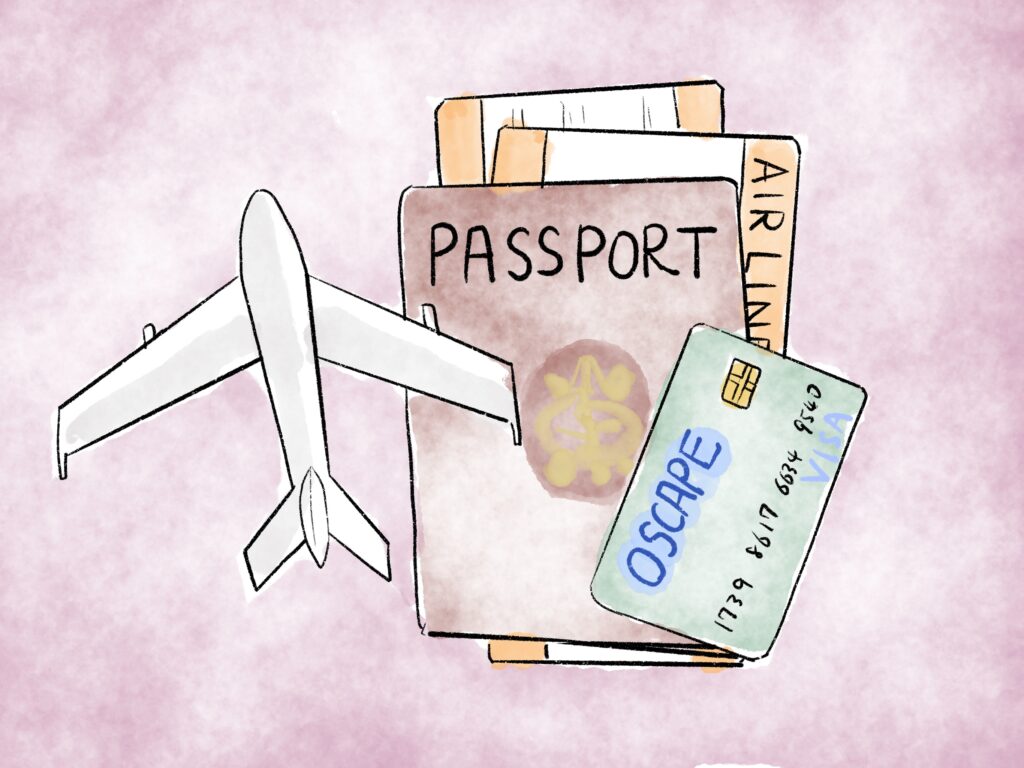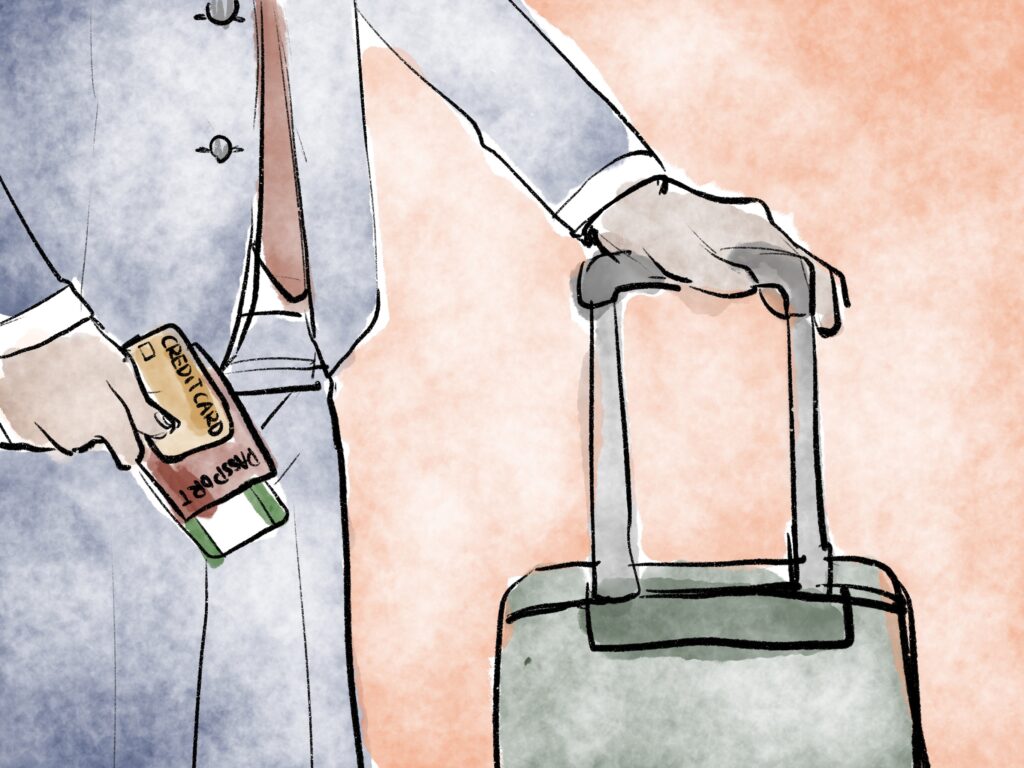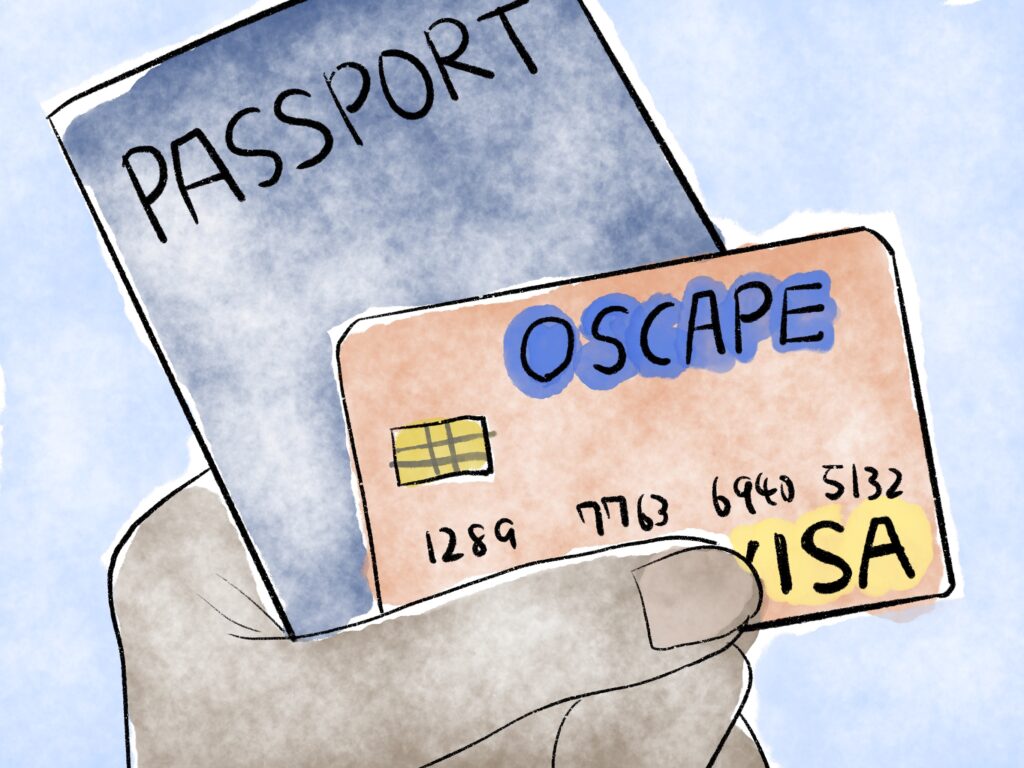The days of taking cash and travelers’ cheques overseas are almost long gone. Even though the ubiquitous traveler’s cheque has been in use for over 130 years, today all you need to travel overseas is a piece or two of plastic in your wallet – and you are set to go. With the right credit card, you are set on your way to travel the world.

Sadly, when it comes to spending your hard-earned money abroad, not all credit cards were created equally. On the one hand, some are an excellent choice and will not cost you any extra. On the other hand many credit cards are a downright liability to use overseas and carry a wide range of hefty fees that will add up to a substantial amount. So, what should you take into account when choosing the perfect credit card for use overseas?
Credit Card Foreign Transaction Fees
Foreign transaction fees are by far the biggest and most important thing to look for when using a credit card overseas. They are generally split into two broad categories: those associated with cash withdrawals and those associated with purchases, whether for goods or services.
Purchase Fees
Many cards levy transaction fees on foreign purchases. These vary by card from 1% to 5% on everything you purchase. However, the norm is typically 3%, and it is quite rare to find cards that are less than that.
One of the biggest misconceptions about using your credit card abroad and foreign transaction fees is that many people think the fee will not apply if the payment is made in USD, not the local currency. This is not the case; the fee applies to payments made to a foreign Point of Sale regardless of the currency of the transaction.

Often, when making a payment, you will have the option to choose your local currency or your home currency (USD) on the terminal. Whichever you choose you will still be charged a foreign transaction fee by your issuer.
The good news is that many credit cards on the market are designed with travelers in mind. Their number one feature is no foreign transaction fees. So, whether you are shopping locally or while on vacation in Bali, you will not pay any extra fees.
Cash Advance Fees
Imagine, if you will, that you are in Europe and want to take some Euros out of the ATM for incidentals. Using your credit card can incur some massive fees above and beyond those associated with foreign purchases.

Many cards charge an additional percentage for taking out a cash advance when overseas. However, many cards intended for international travelers waive these fees and will charge you no more than they would if you took some cash out at home.
That said, even though that is a cheaper option, it is never a good idea to take cash using your credit card. The interest and fee tend to be disproportionately high regardless of whether you are at home or overseas. So, if you are looking for a credit card to use overseas, make sure it has little or no fees on cash advances.
This is important because, depending on where you travel in the world, you will have to operate your finances differently. For instance, if you regularly travel in developed countries, you will hardly need to use any cash and will be able to pay for virtually everything using your card directly.

However, if you travel more off the beaten path, you may find that cards are not widely accepted. While you may be able to use your card for lunch from a street vendor in Europe, you will struggle to do so in many other parts of the world. So, if you are traveling to a location where you will use more cash, make sure that your card does not hit you hard every time you take cash out of the ATM.
Choose the Right Credit Card Payment Processor
While there is a wide range of card issuers. Almost all credit cards and debit cards, for that matter, will have one of a few payment processors. Visa, Mastercard, and Amex. Make sure that the card you have selected has a payment processor that is widely accepted in the locations you travel to.

For instance, the most widely accepted payment processors are Visa and Mastercard. If your card is a Visa or Mastercard then you should be okay in almost every country around the world. American Express is a little less widely used. While you may find many places in Europe that accept AMEX, it’s reach is much less if you travel in Africa and Asia. Finally, Diners Club and Discover are not that popular outside of North America.
When selecting a credit card for use overseas, make sure that it has a payment process that is widely accepted in the countries you plan on visiting.
Make Sure You Are Earning Rewards
The main goal of travel rewards is to maximize your rewards on every single dollar you spend whether you spend it at home or overseas. If you travel a lot and spend a substantial amount overseas, you want to select a card that earns you a decent rate of travel rewards.

This can be earned as cashback, points in a loyalty program, or credit card points. You can then transfer to another program and redeem for travel rewards. By far, your best option is to earn flexible points since these tend to give you the most value and are the most flexible ones to have.
Final Thoughts
Choosing the right credit card to use overseas can make a world of difference to both your experience abroad and your bank balance at home. The right card offers a host of features and benefits and can save you money. The wrong card can have a negative impact and actually damage your bank balance at home.

Any points and miles fan will have a stable of cards, each optimized for a different purpose. Invariably if they travel overseas, they will have one or two or even more cards that are optimized for use abroad!






 Table Of Contents
Table Of Contents